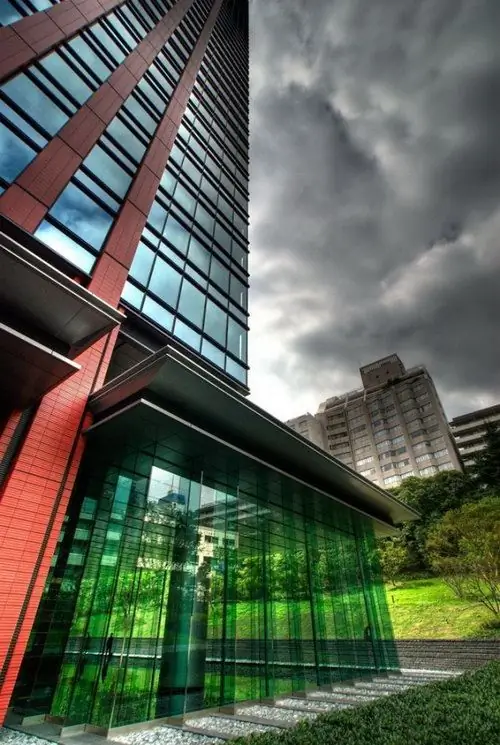Almost everyone, probably, has seen films in which there were unrealistic tricks, mesmerizing pictures, beautiful scenery. How could all this be done? With the development of information technology, all video processing is carried out using software. It is not difficult to learn how to make your own special effects in various videos.

Necessary
Personal computer, Video Paint program
Instructions
Step 1
There are special programs for this. For example, Video Paint. This program allows you to create special effects in films and various videos, commercials. Run the utility. Open a new project. Set the options you want. Click "Ok". A white field of the created project will open in front of you. At the bottom of the program window, you will see a virtual tape with frames of the future movie. If you click on any frame from this "tape", the workspace will be occupied by the selected frame. First of all, you need to change the background color of the future video clip. To do this, run the following command. Click "Frame" and "FilmColor". Choose any color from the proposed palette, but not white. You will need this in order for the effect to be more visual. Select a rectangular area in the program window. Call the context menu with the right mouse button. Select the "Soft Edges" command in it.
Step 2
A small window will appear in which you need to set the numerical value to about twenty. After that, you will see that the rectangle has rounded edges. Now call the context menu again with the right mouse button. Select the "Fill" stitch. As a result of this operation, the selected fragment of the frame will be filled with a certain color. Without removing the selection, perform the "Copy" and "Paste" operation. You now have a new layer. Copy it to all subsequent frames. To do this, select the "Edit" and "Power Duplicate" commands in the program menu. Look at the chain of frames at the bottom of the program window. If you did everything correctly, a rectangular "screen" will appear on all frames. Now create the effect of gradually painting it. To do this, you need to use a macro. Start painting on the work frame.
Step 3
When the animation is complete, stop the macro recording mode. To do this, click on the "Recording" button. A small window will appear on the screen with a proposal to save the created macro under a name. Click on the created macro, and without releasing the mouse button, drag it to the working area. During this, a window with additional settings will appear. There are several options for using a macro. First, the end result can be applied to all frames at the same time. In this case, of course, no animation will be observed, since all frames of the clip will contain the same picture. Secondly, in the "Macro Playing Options" window, you can set the progressive animation mode. Set the macro mode to Progressive, for example. Export to video is performed using the "File" command, then "Create Video File".






